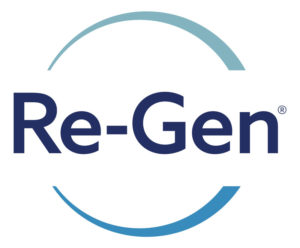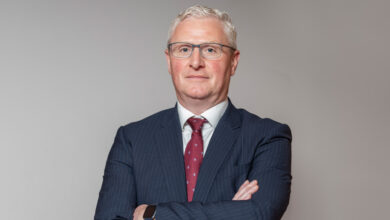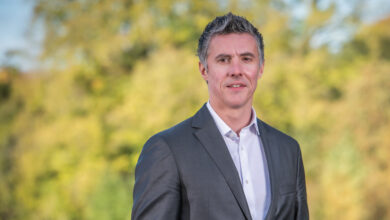Commingled bins make recycling simple, increase volumes and improve convenience for householders
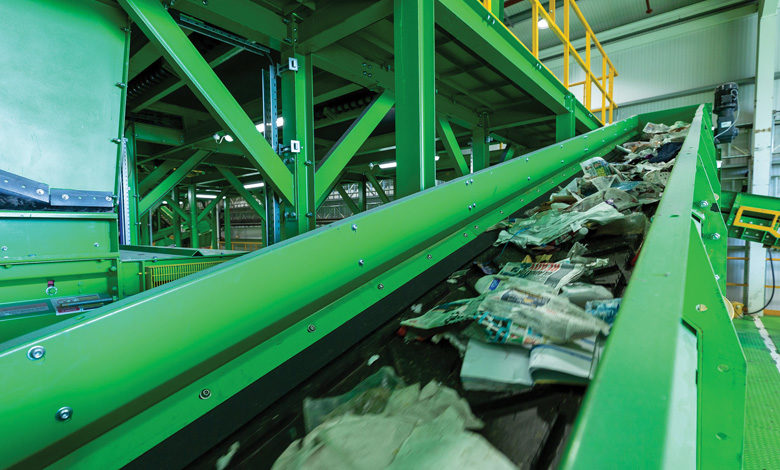
At Re-Gen we know that people are busy so if councils want to hit the 65 per cent recycling target, they must provide both simplicity and convenience for householders to recycle, writes Managing Director, Joseph Doherty.
Our materials recovery facility (MRF) in Newry uses a combination of highly automated technology and plant operatives to sort materials that householders have placed in commingled bins. It is a straightforward system that lets the waste companies do the heavy lifting. Simplicity and convenience lead to more materials being collected, and ultimately, recycled.
I would encourage councils to get behind the commingled system to make recycling easier for their householders, increase the recycling rate, and let the recycling experts sort the materials. Local authorities need to embrace the sorting excellence that is being achieved in the commingled collection system.
The difficult question is: Are councils happy to make peoples’ lives more inconvenient and place further burdens on householders by making them sort their own recyclables into a number of boxes at the kerbside and risk further confusion on what to put where?
It is clear that councils need to work with well-run, well-invested MRFs and be sure they write their contracts in a way that maintains a high barrier of entry when considering the quality of MRFs they work with. Investment is only part of the story. A best-in-class sorting facility also needs a good management team that understands the materials.
As the Managing Director of a MRF I admit to being biased, but the only system that gives convenience to the people we encourage to recycle is a fully commingled one. Separating recyclables into lots of different receptacles creates confusion and apathy.
We are in an era where technology is the future. It can do the heavy lifting for us and the recycling industry needs to embrace it. It will allow us to capture more material and value from waste, and gone are the days when material quality is an issue.
In the new world of 65 per cent recycling, we believe data will be king, and the recycling and waste industry is quite immature when it comes to capturing and analysing data. We need to become a technology-driven industry, it will move us on in our mission to make our future cleaner. We need to really understand our waste to ensure that continual improvements can be made to the whole circular system. Modernisation of data capture will be a key change for the industry, and Re-Gen is investing in data capture at several points throughout our MRF. This will provide quality monitoring and information on the breakdown of materials we process.
There are transformational changes coming in with extended producer responsibility (EPR) and deposit return schemes (DRS). As a result, we will need to know exactly what material comes through our plant and whether our MRF has processed DRS leakage material, EPR packaging or non-EPR materials. Visual technology will help us read brands and shapes to capture this information and, soon enough, it will help us to know exactly how many of each type of packaging format by brand has been processed. This data can go back to brands, to help with their corporate social responsibility or environmental, social and governance reporting. This will be important because they will want to have the data to prove that their products have been recycled.
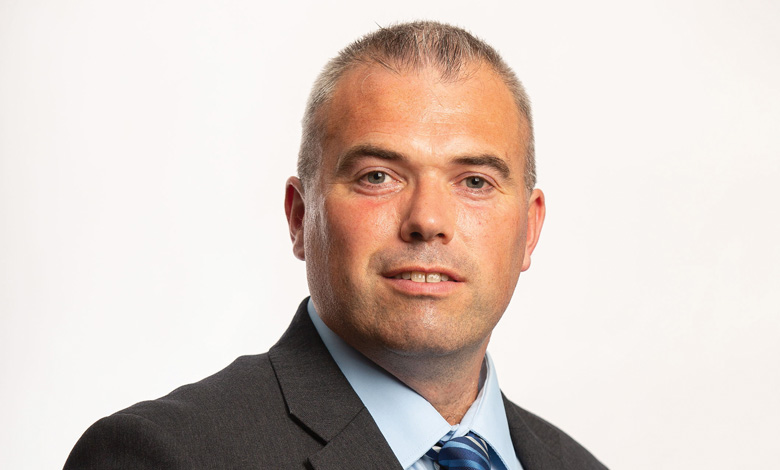
Investing in technology also reduces the need for manual pickers. Re-Gen spent more on technology because there were fewer operatives available, but this has made our operation much more efficient. Councils will need to work with MRF operators that are able to often deliver solutions in innovative and inventive ways, alongside teams that are agile and able to respond to the new world of ‘resources’ and not ‘waste’.
To achieve higher recycling rates, we will need to create a system and end markets for the lower-grade recyclable materials that remain in the residual stream, as well as try to move more recyclables from the residual to the recycling stream.
Figures for Northern Ireland from the Department of Agriculture, Environment and Rural Affairs show that, in an area where a commingled bin is operating, there are a lot fewer recyclables in the residual waste, whereas in an area with a kerbside sort, the number of recyclables increases in the residual waste bin. The highest recycling rates in Northern Ireland are with fully commingled systems.
MRFs can get far higher value from the non-recyclable waste in commingled collections. There is greater value in manufacturing good quality solid recovered fuel as a coal replacement in terms of carbon emissions and value for money. This translates to a lower cost for the MRF and the council. There is a falsehood that once material is sorted at the kerbside it is fine and uncontaminated. But we have taken dual stream material, where card and paper are collected separately, and there has been a 15 per cent contamination rate in the paper bin, more than we get with fully commingled collections.
We sell paper that comes in through fully commingled collections to a paper plant in Northern Ireland to make egg cartons. People said it wasn’t possible, but we have done it and continue to do so.
Re-Gen Waste
T: 028 3026 5432
W: www.regenwaste.com

